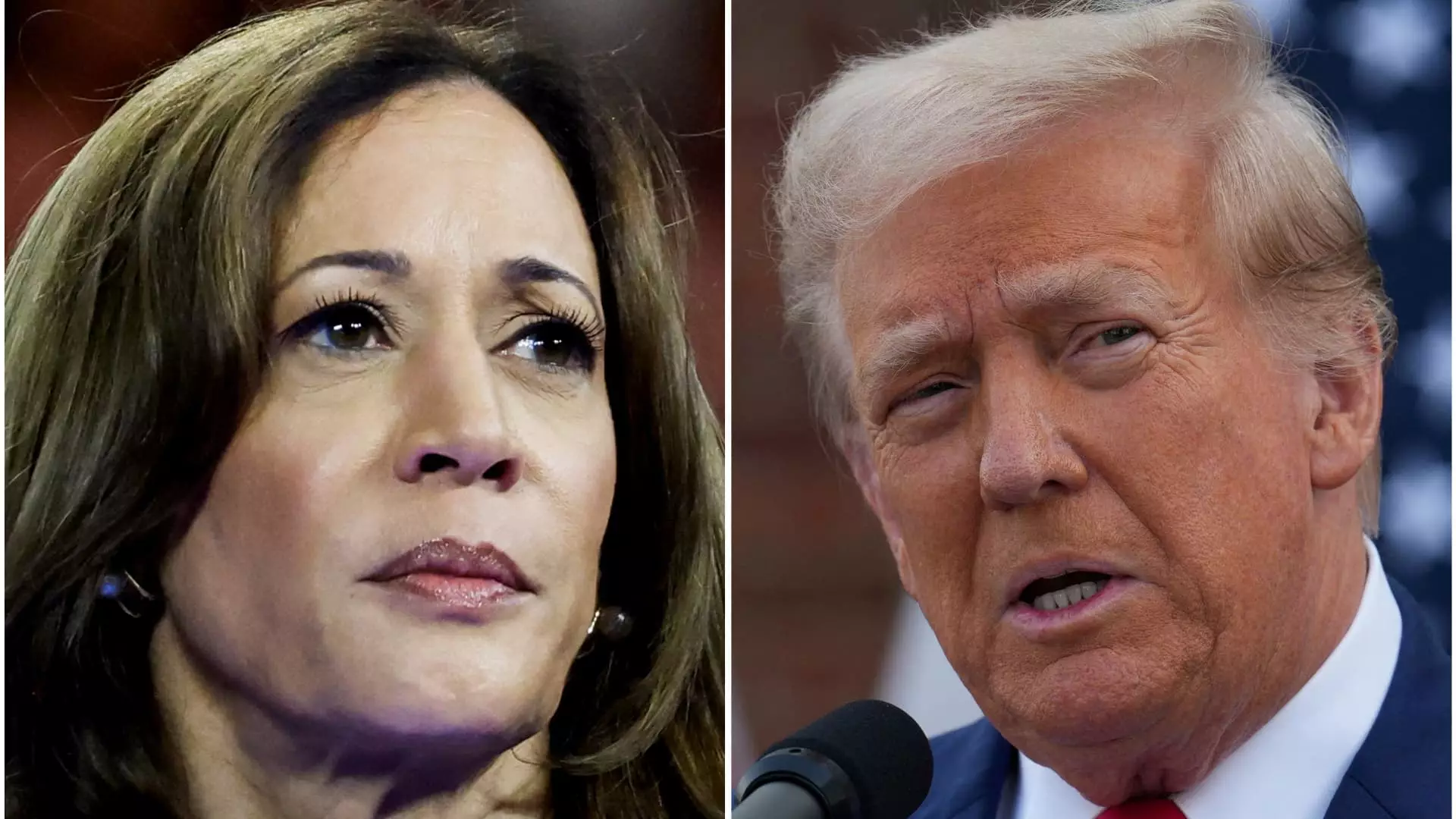The upcoming election has many investors concerned about potential changes to capital gains taxes. Democratic presidential nominee Vice President Kamala Harris recently proposed a 28% tax on long-term capital gains for individuals earning over $1 million annually, a plan that differs from President Joe Biden’s proposal of 39.6% for high earners. Harris also suggested raising the net investment income tax (NIIT) from 3.8% to 5%, while Biden’s plan includes the same increase for those with a modified adjusted gross income (MAGI) over $400,000. On the other hand, former President Donald Trump has not provided a specific capital gains tax proposal and has generally supported tax cuts.
Over the years, capital gains tax rates have typically been lower than regular income tax rates. If Harris’ proposal is implemented, the top capital gains rate would be the highest since 1978. Reagan’s 1986 top rate was similar to Harris’ proposed rate, while the rate was reduced to 15% during George W. Bush’s presidency. This volatility in capital gains revenue makes it challenging to estimate future revenues accurately.
The fluctuating nature of capital gains tax rates can influence investor decisions. Higher rates may lead investors to defer selling assets, while lower rates could encourage strategic realization of gains in the 0% tax bracket. This flexibility in timing can impact the amount of tax paid by investors and create a “lock-in” effect associated with capital gains.
According to Kent Smetters, a professor at the University of Pennsylvania’s Wharton School, changes in capital gains tax rates can have a significant impact on investor behavior. Smetters highlights the importance of considering the potential consequences of higher rates on the decision-making process of investors.
The proposed changes to capital gains tax rates by various political figures can have far-reaching implications for investors. It is crucial for investors to stay informed about these developments and consider adjusting their strategies accordingly. The uncertainty surrounding future tax policies underscores the need for vigilance and adaptability in managing investment portfolios.

